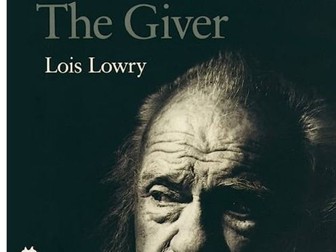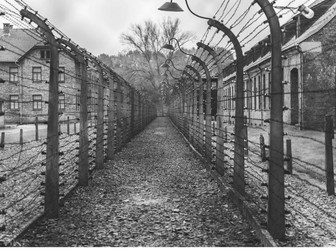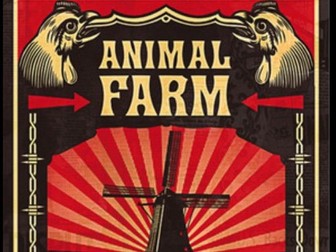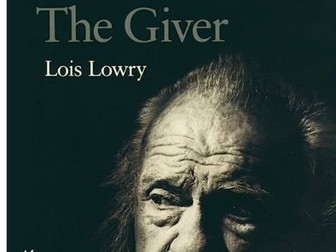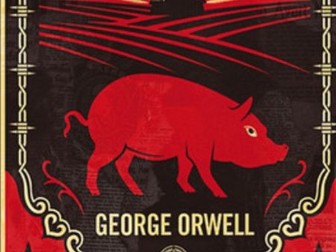“The Giver” Worksheet & Answers
<p>This worksheet is designed to deepen studenta understanding into the themes, characters, and societal constructs presented in Lois Lowry’s novel, “The Giver”. Geared towards 7th graders, it encourages students to not only recall specific events and characters from the book but also to critically think about the implications and significance of the story’s themes. Through vocabulary exercises, character analysis, thematic questions, and creative prompts, students will gain a holistic understanding of the book and its relevance to their own lives. Ideal for both individual and group work, this worksheet serves as an excellent tool for post-reading reflection and discussion.</p>
<p>Answer sheet also provided</p>
